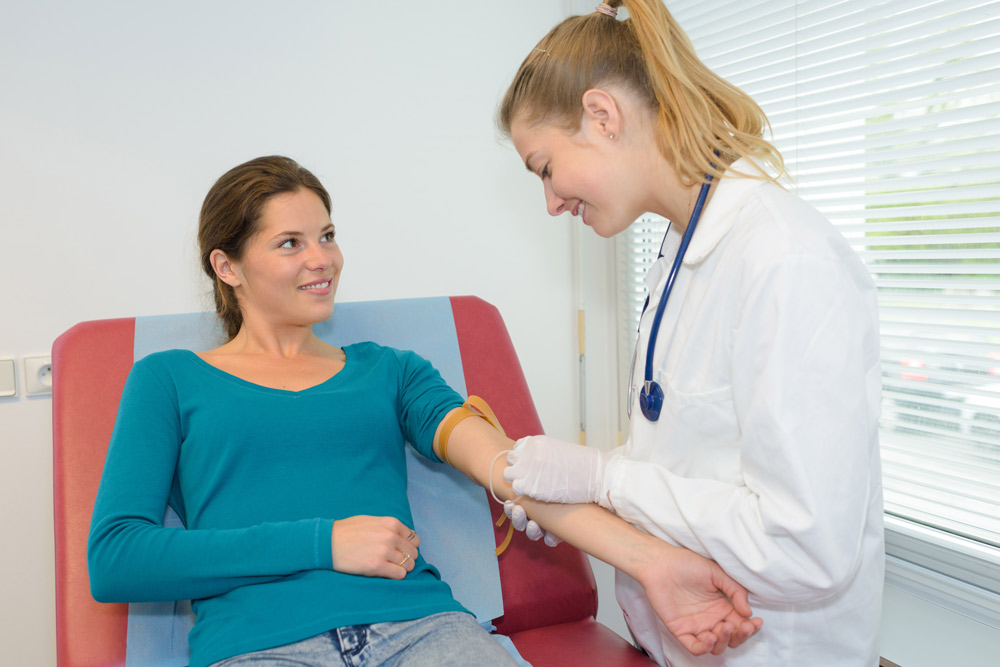How too Obtain Your California State Phlebotomy License: A Complete Guide to Certification and Requirements
If you’re aspiring to become a certified phlebotomist in California, understanding the licensing process is essential. This extensive guide walks you through every step-from educational prerequisites to licensing procedures-empowering you to launch a successful career in this growing healthcare field. Whether you’re starting fresh or seeking to enhance your credentials, this article provides valuable insights into obtaining your California state phlebotomy license efficiently and confidently.
introduction to California Phlebotomy Licensing
Phlebotomy is a vital healthcare profession, involving drawing blood samples for diagnostic testing. In California, becoming a licensed phlebotomist ensures you meet the state’s standards for safety and professionalism. The California Department of Public Health (CDPH) oversees the licensing process, which is mandated by state law to protect patient welfare and uphold quality healthcare services.
This guide aims to simplify the licensing journey, highlighting key certification requirements, application steps, and practical tips to help you succeed in earning your California phlebotomy license.
Understanding California phlebotomy Certification vs. Licensing
It’s important to differentiate between certification and licensure:
- Certification: Completing a recognized phlebotomy training programme and passing a certification exam issued by a reputable agency.
- Licensing: Legal authorization by the state to practice as a phlebotomist, which requires meeting specific licensing requirements — in California, this involves obtaining a state license after certification.
Educational and Training Requirements
Minimum Educational Qualifications
To qualify for a California phlebotomy license, applicants must meet certain educational standards:
- High school diploma or equivalent (GED).
- Completion of a state-approved phlebotomy training program that includes both classroom instruction and practical clinical experience.
Required Phlebotomy training Program Content
The training should cover:
- Venipuncture techniques
- Capillary puncture procedures
- Infection control and safety protocols
- Specimen handling and labeling
- Patient interaction and interaction skills
Duration of Training
Most approved programs last between 40 to 120 hours, depending on the depth of training and clinical practicum involved. Ensure your chosen program is accredited by a recognized association such as the National Healthcareer Association (NHA) or the American Society for Clinical Pathology (ASCP).
Certification Requirements and Approved Agencies
Choosing a Certification Agency
After completing your training, obtaining certification from a reputable agency is the next step. Common agencies include:
- American Society for Clinical Pathology (ASCP)
- National Healthcareer Association (NHA)
- American Medical Certification association (AMCA)
Mandatory Certification Examination
Applicants must pass a certification exam administered by the chosen agency. The exam typically tests knowledge in:
- Venipuncture and capillary puncture skills
- Specimen processing and handling
- Patient safety and infection control
- Legal and ethical considerations
Certification Validity and Renewal
Most certifications are valid for 2-3 years. To maintain certification, you may need to complete continuing education units (CEUs) and adhere to your certifying agency’s renewal requirements.
Applying for Your California Phlebotomy License
Steps to apply
- Ensure you meet all educational and certification prerequisites.
- Complete a state-approved phlebotomy training program.
- pass the certification exam administered by a recognized agency.
- Gather required documents:
- Proof of education
- Certification certificate
- Completed application form
- Application fee
- Submit your license application to the California Department of public Health (CDPH) with all supporting documents.
- Await processing, which may take several weeks. the CDPH reviews your application and issues your license if all requirements are met.
Application Checklist in a Table
| Requirement | Details |
|---|---|
| Educational Background | High school diploma or GED + approved training |
| Certification | Passed certifying agency’s exam |
| application Form | Signed and completed |
| Fee Payment | Check or credit card as specified by CDPH |
| Supporting Documents | Certificates, transcripts, ID proof |
Benefits of Being a Licensed Phlebotomist in California
- legal Recognition: Validates your professional skills and compliance with state laws.
- Increased Job Opportunities: Many healthcare providers prefer or require licensure.
- Higher Earning Potential: licensed professionals typically earn more than those without licensure.
- Professional Credibility: Enhances your reputation among colleagues and patients.
- Career Advancement: Opens pathways to supervisory or specialized roles such as laboratory technician or medical assistant.
Practical Tips for a Successful Licensing journey
- Choose accredited and comprehensive training programs.
- Prepare thoroughly for your certification exam using practice tests and study guides.
- Maintain your certification through continuing education to avoid lapse in licensure.
- Stay updated on California’s healthcare laws and infection control standards.
- Keep copies of all documents and certifications for future renewals.
Case Study: From Student to Licensed Phlebotomist in california
Maria, an aspiring healthcare professional, completed a 80-hour California-approved phlebotomy training program. She then targeted a certification exam through NHA and successfully passed on her first attempt. Maria meticulously gathered her application documents, paid the required fees, and submitted her license application to CDPH. Within six weeks, she received her California phlebotomy license, leading to her securing a clinical position at a local hospital. Maria’s dedication and adherence to licensing requirements highlight the process’s importance for aspiring professionals.
Final Thoughts: Your Pathway to a Certified Phlebotomist in California
Obtaining your California state phlebotomy license is a crucial step toward a rewarding career in healthcare. by completing an approved training program, earning certification, and following the proper licensing procedures, you can confidently enter the health sector as a licensed phlebotomist. Remember, staying compliant with certification renewals and continuing education will ensure your professional success and growth in this dynamic field.Start your journey today and become a vital part of patient care in California!
